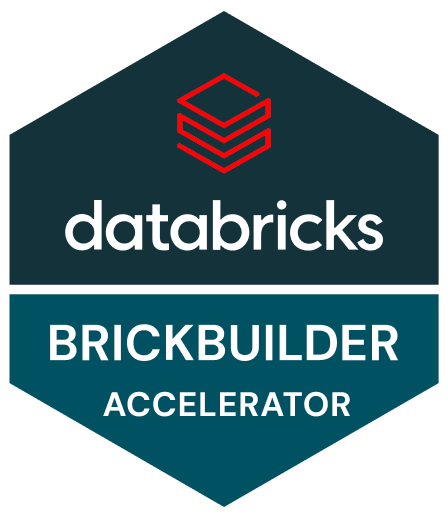The Data and AI Partner



















.webp)

Enterpise Solutions on Databricks
Upgrade your infrastructure and harness the power of your data with tailor-made solutions built entirely on the Databricks platform.
AI/ML/GenAI
Reimagine how your business operates with Generative AI. Our tailored offerings empower you to streamline processes, uncover insights, and deliver exceptional customer experiences.
EDW/CDW Migration
Minimize disruption and seamlessly transition to a new environment with our tailor-made migration services designed to help you easily move to Databricks.
Lakehouse Modernization
Designed to harness the power of modern data architectures, our solution enables you to unify your data, accelerate analytics, and unlock new possibilities for business growth.
Why Koantek?
Koantek is a Databricks Exclusive Elite Partner helping enterprises modernize faster and unlock the full power of Data + AI.
Backed by Databricks Ventures and recognized as a six-time Databricks Partner of the Year, we help global organizations accelerate modernization, operationalize AI at scale, and turn data into measurable business results.


Customer Success Stories
Unlock your Data's Potential
Enhance and empower your data with tailored solutions from Koantek.













.png)
